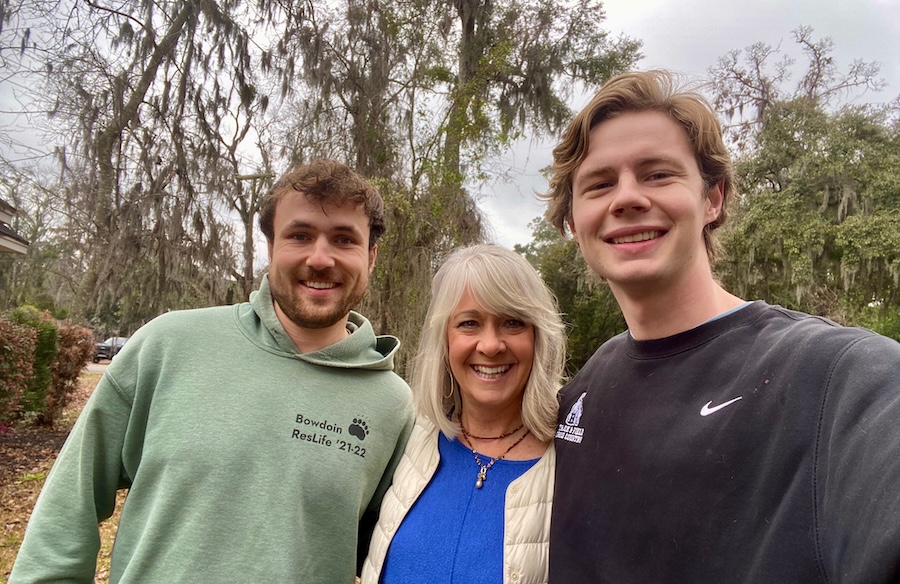Whispering Pines: 'The Thoughts of Youth Are Long, Long Thoughts'
By John Cross '76And the thoughts of youth are long, long thoughts”
– My Lost Youth (1855), Henry Wadsworth Longfellow

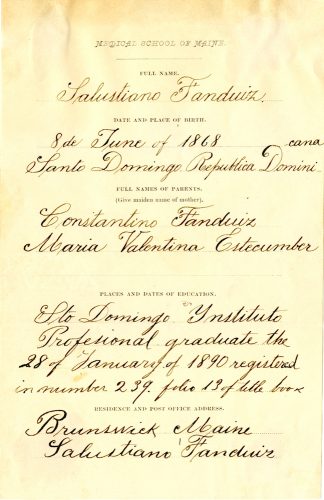
Fanduiz was admitted to the Medical School class of 1892. His preceptor was Dr. Alfred Mitchell of the Class of 1859, a member of the faculty and the secretary of the Medical School. From what I can tell, Fanduiz lived with the Puringtons in Brunswick while he was a medical student. He attended the twenty-week medical lectures that ran from February to June each year, wrote a thesis on “Tubercular Meningitis,” and graduated with an M.D. degree in 1892.
After completing his degree, Fanduiz established a medical practice in the Brunswick area. His name appeared in town reports for medical services rendered to indigent citizens of Brunswick and Harpswell. He was also compensated for reporting births and deaths to the town clerk, and his signature appeared on Sam Purington’s death certificate in 1897. Local newspapers reported on the doctor’s solo hunting trip to northern Maine in 1898 that yielded two large deer and plenty of venison for his patients, and on his harness racing success on the county fair circuit. Fanduiz was well-liked in the community and he enjoyed his time here; perhaps a privileged upbringing in Santo Domingo and his status as a physician insulated him somewhat from the overt and subtle forms of prejudice often experienced by African Americans in Maine in the 1890s.
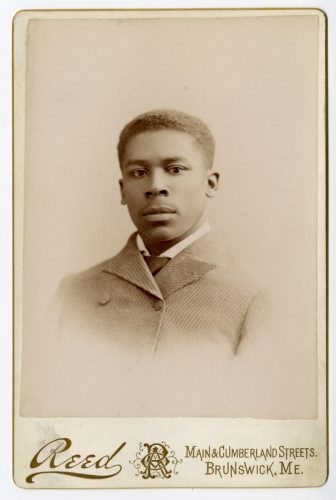
Salustiano Fanduiz returned to the town of Barahona in the Dominican Republic in 1899, following the assassination of the dictator Ulises Heureaux. He was anxious to participate in reforms that he hoped would restore a measure of economic stability and democracy to a country that had been staggering under the weight of its debt to foreign governments and corporations. He dreamed of applying American technology to mining (especially of salt), logging, and agriculture, and wrote an article that was carried in a number of American newspapers about the nearly limitless possibilities for economic development. The Dominican Republic was a tropical paradise, he said, where land could be purchased for fifty cents an acre, and “the country is free from snakes, spiders and all kinds of reptiles and its people are the kindest-hearted you ever knew.”
Instead of the dream of democracy and economic autonomy, however, Fanduiz lived through four revolutions and five different presidents in the six years after Heureaux’s death. In October of 1899 he wrote to The Orient: "It's a very long time since I received a word from you. Probably you wrote and my mail was intercepted by the orders of the president…Well, we have got rid of the old president and the old government. I was a rebel and I raised a rebellion in the east, and got 1,500 men under my immediate command. The entire number mobilized were 10,000 men. Next week we will have an election and I am one of the electors.” He opposed the Junta Popular Gubernativa Revolucionaria, which had assumed control after Heureaux’s assassination. Fanduiz was a supporter of wealthy tobacco planter Juan Isidro Jimenes, who was elected president; General Horacio Vásquez was elected vice president. Soon after the election there was a falling out between the two leaders, and their followers, the Jimenistas and the Horacistas, became bitter rivals.
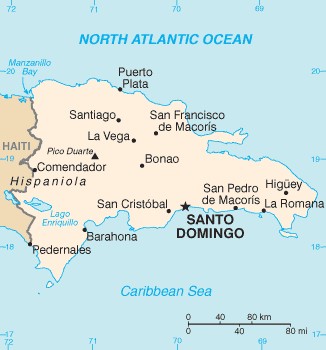
As a result of this political turmoil, people at Bowdoin and in Brunswick lost contact with Fanduiz in 1901, and they feared that he might be dead. He had been a frequent correspondent up to that point, even sending a parrot as a gift to the family of Byron Stevens, the owner of the College Book Store in downtown Brunswick. In early December of 1904, Mrs. Stevens received a letter from Fanduiz, who had been “…roughing in the woods, fighting most of the time, and at last…was caught a prisoner and was in prison” from August of 1901 until November of 1904. While he was imprisoned for more than three years, his brother and mother died. A less ebullient and idealistic Dr. Fanduiz returned to his medical practice in Barahona, and once again he dropped off the College’s radar screen.
The political and economic instability in the Dominican Republic continued, with the U.S. assuming control over 55% the country’s customs revenues to force a reduction in foreign debt and the American dollar replaced the Dominican peso. In response to a coup d’état in 1916, Woodrow Wilson sent in the Marines and imposed a U.S. military government in the Dominican Republic (a year after the American military occupation of Haiti began). In that same year, Fanduiz moved to the coastal town of San Pedro de Macoris, where he worked with the officials of the military occupation on health concerns.
I am indebted to Professor Allen Wells in the history department and to his colleagues, both in the U.S. and the Dominican Republic, for sharing information (and translations of accounts) on Dr. Fanduiz’s medical career after his release from prison. In his native country, Salustiano Fanduiz was well known for his career as a dedicated public health officer, but there is apparently very little information about his activities as a revolutionary or as a political prisoner. On the other hand, records at the College contain little about his life after his release from prison. As medical inspector of the port, he undertook a campaign to eradicate malaria locally, and supervised the removal or covering of anything that could contain water where mosquitos might lay their eggs. Dr. Fanduiz enlisted the support and engaged the resources of the U.S. military in draining a nearby swamp. These measures greatly reduced the incidence of malaria in San Pedro de Macoris and attracted the attention of the American medical community. He also took steps to protect the town during the 1918 flu pandemic by stationing health inspectors on the outskirts of town to prevent visitors who might be contagious from entering. As a result, there were significantly fewer deaths among the inhabitants of San Pedro de Macoris than within the populations of other cities and towns in the country during the pandemic.
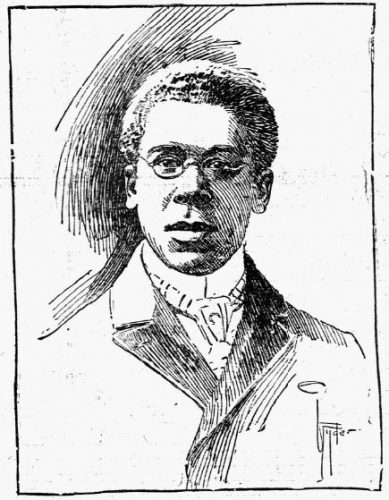
I could find no evidence that Fanduiz ever returned to Maine. However, he was one of four donors to the endowment of the dispensary of the Medical School in 1912. He was also visited by the Puringtons, who had befriended him in Santo Domingo and in Brunswick. Marguerite, a nurse in Lewiston, booked passage on a ship to San Pedro de Macoris in the spring of 1920 “partly for her health and partly to visit.” Her mother and brother, Harry, a mechanic who suffered from “auto intoxication and nerve trouble,” made the trip a few months later, again for health reasons and to visit “friends and relatives there.” I think it’s safe to assume that Dr. Fanduiz offered the Puringtons both medical care and a familial welcome.
In 1941 the College received a letter from Marguerite Purington that carried the information that Dr. Fanduiz had passed away at the age of 72 on January 2, at the home of one of his two daughters in San Cristobal. She wrote, “He loved Maine, and especially Brunswick, and it was always his great desire to be able to return and make his home there.” She asked Alumni Secretary Phil Wilder ’23 to send condolences to the family: “You have no idea what it would mean to them, for they were always so proud of their father because he was a graduate of the Bowdoin Medical School.”
The letter was the only record I could find about Fanduiz’s family life; there was no mention of his marriage, but it did contain the name of his grandson, Gabriel. I can only hope that he—like his grandfather—grew up having “long, long thoughts.”
With best wishes,

John R. Cross ’76
Secretary of Development and College Relations
